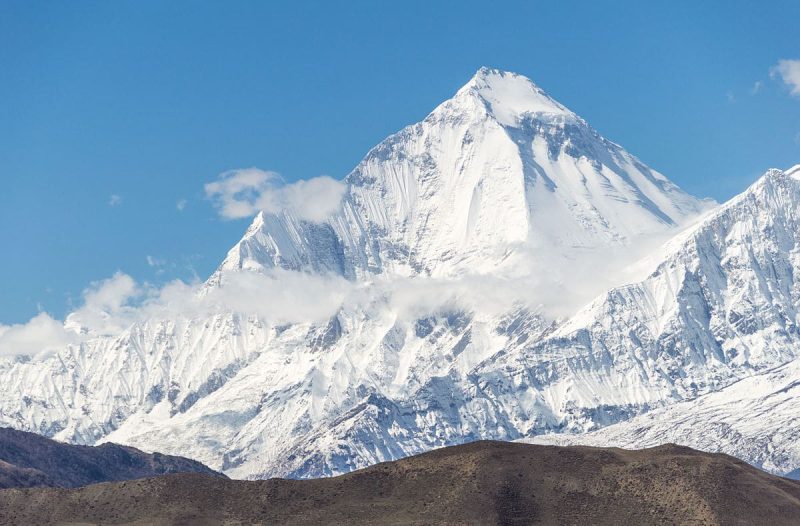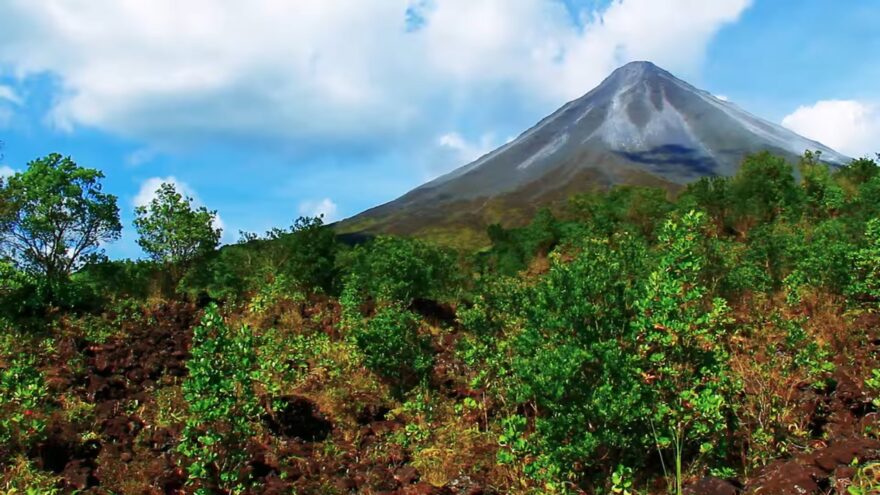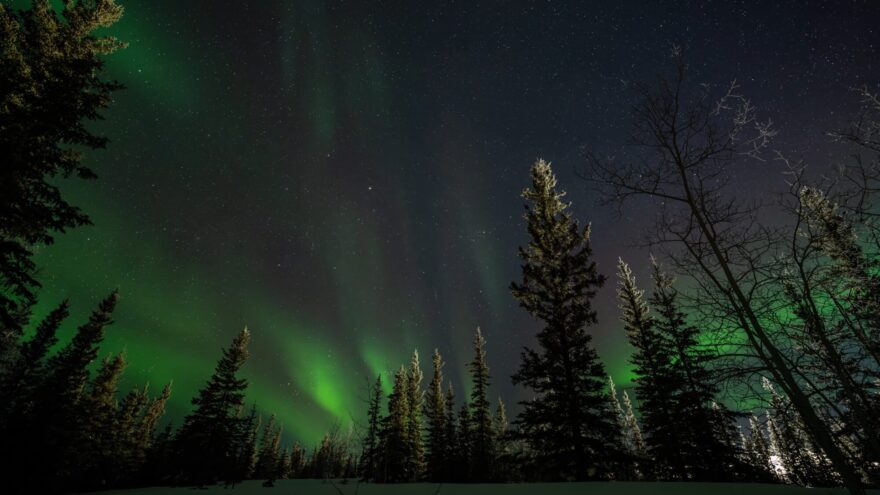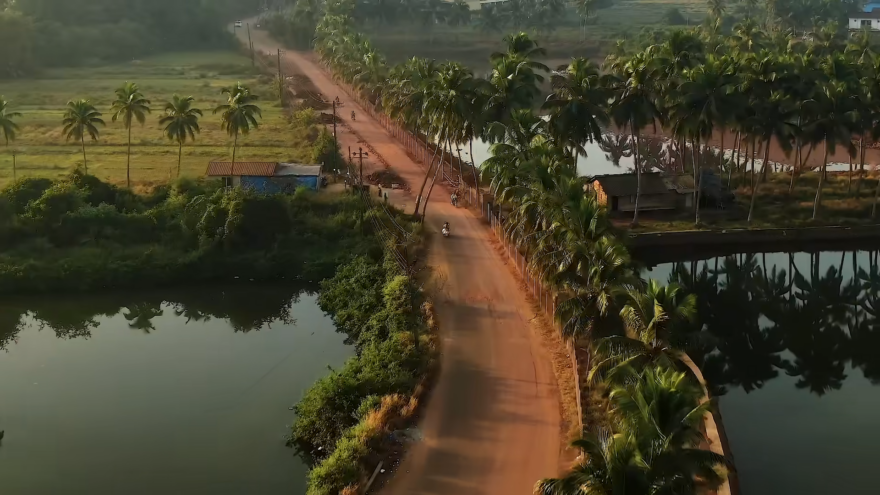Just like people are the tallest in their youth, the mountains are also the tallest when they are young. Then it shouldn’t be any surprise that the youngest mountains are also the tallest in the world. Of course, we are speaking about the Himalayas. The Himalayas were formed when the Indian plate collided with the Asian plate millions of years ago. The collision raised the land at the border, thus forming these mountains as well as raising the Tibetan Plateau. Let’s take a look at the 10 tallest mountains in the world.
Tallest Mountains In The World
1. Mount Everest (8848 meters, 29,029 ft)
Mount Everest, also called ‘Sagarmatha’ in native Nepali, is the highest point on Earth. Mt. Everest is divided into two parts along the Sino-Nepal Border. The mountain’s height was first estimated in the British Raj. Its height was then approximated as 8,840 meters although measurements went up to 8,582 meters also, blurring the facts making it one of the biggest things in the world. The accurate measurement of 8,848 was given by an Indian Survey later on. This was later confirmed by Nepalese and Chinese measurements and made official. As of now, the mountain has been climbed upon by thousands of people from the relatively easy slopes from the Nepali side.
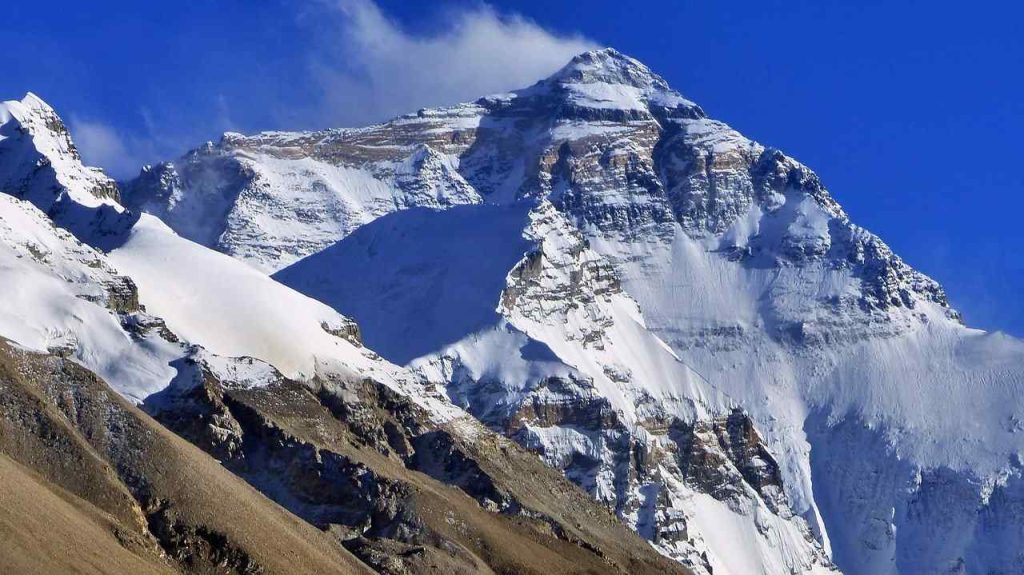
2. K2 (8611 metres, 28251 ft)
K2 is a tough mountain and has been dubbed the ‘savage mountain’ because one out of every four climbers has died here. The K2 is located in the Karakorum range and lies in part in Pakistan and in the Xinjiang province of China. The name, K2, was a naming convention used by the survey that measured these heights, with ‘K’ meaning the Karakorum. The mountain apparently has no local name possibly because of its remoteness and thus this name stuck on. Unlike Everest, K2 is a very challenging climb. Avalanches and falling on rocks have led to the death of many climbers here. Yet many daredevils have tried and succeeded.
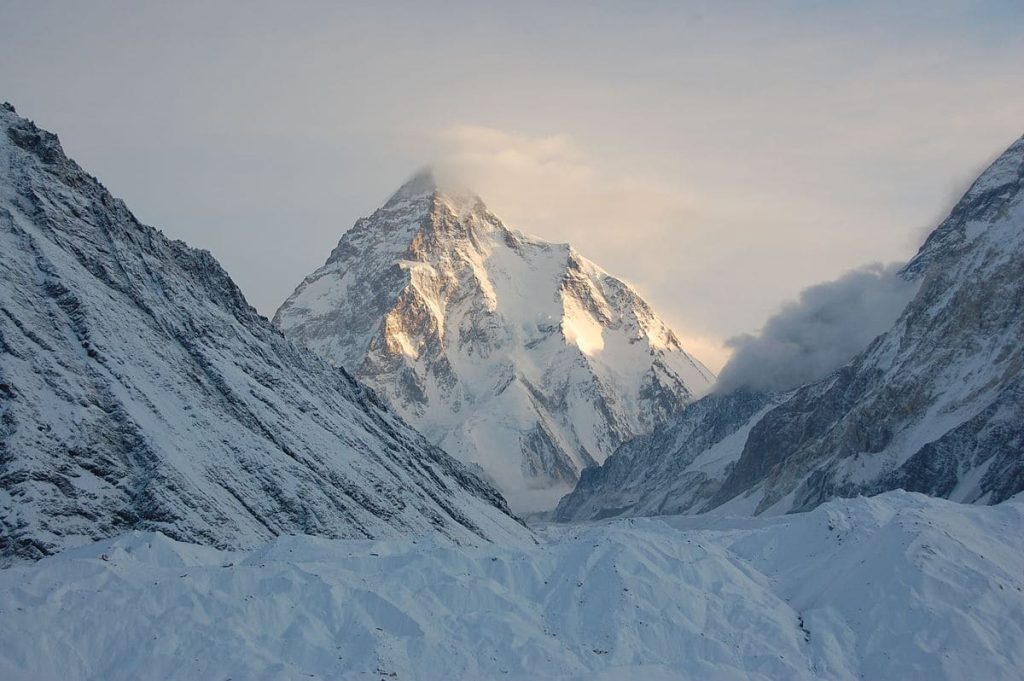
Image Source: Wikimedia
3. Kangchenjunga (8586 metres, 28169 ft)
The Kangchenjunga or Kanchenjunga lies near the eastern Nepal-India Border and three peaks align perfectly on the border. In March 1955, two British Expeditioners ascended the peak, the first time ever in recorded history. But they made a promise to the Chogyal, the royal family of the state, that the summit would remain inviolate, and they kept their promise by stopping just before the summit. The roots of the mountain area are surrounded by national parks and sanctuaries as it has many rare plant and animal species. The Snow Leopard, Asian black bear, red panda are some of them that are on the IUCN list.
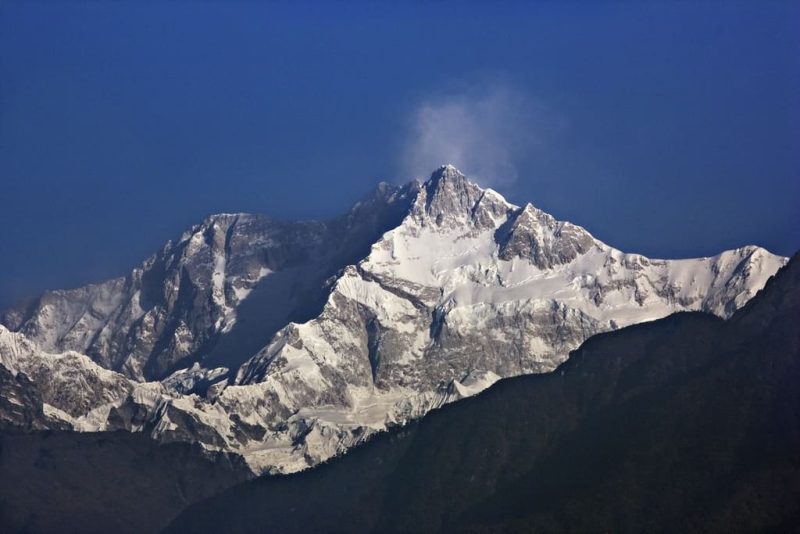
4. Lhotse (8516 metres, 27940 ft)
In Tibetan, the name means ‘South Peak’ giving us an idea as to where its located. Situated on the eastern Tibeto-Nepal border, this mountain is not that far from Everest itself. However, its climb is far more challenging than that of Everest and requires the correct usage of techniques and equipment. It has lower prominence because of its proximity to Everest and connecting slopes. But worry not if you’re not a climber, the surrounding areas are good for trekking and camping and some places provide excellent sights of the mountain peaks.
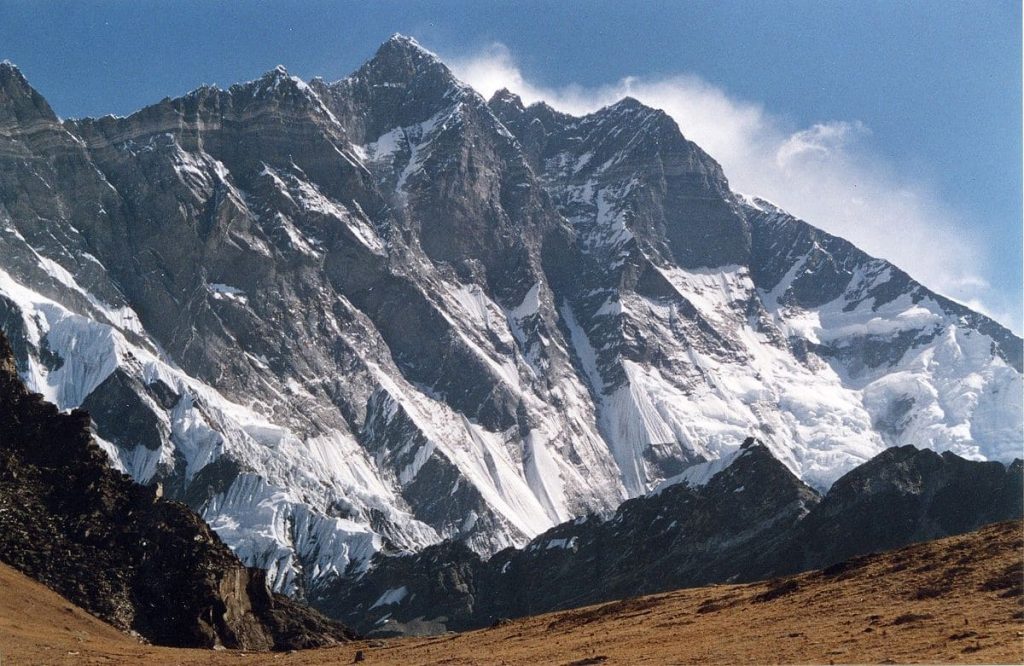
Image Source: Wikimedia
5. Makalu (8485 meters, 27838ft)
The Nepali name of the mountain is ‘Makalu Himal’ and is a part of the Mahalangur Himalayas. The mountain is situated on the border of Tibet and Nepal. Unlike our previous peak, this one is isolated and has a high prominence of 2,386 m. Prominence tells how distinguishable a peak is from its surroundings. The Lhotse peak is saddled to Everest and not so easily distinguishable. That’s why it has low prominence. However, Makalu is a somewhat solitary peak and easily identifiable, more so by its four-sided pyramidal shape.
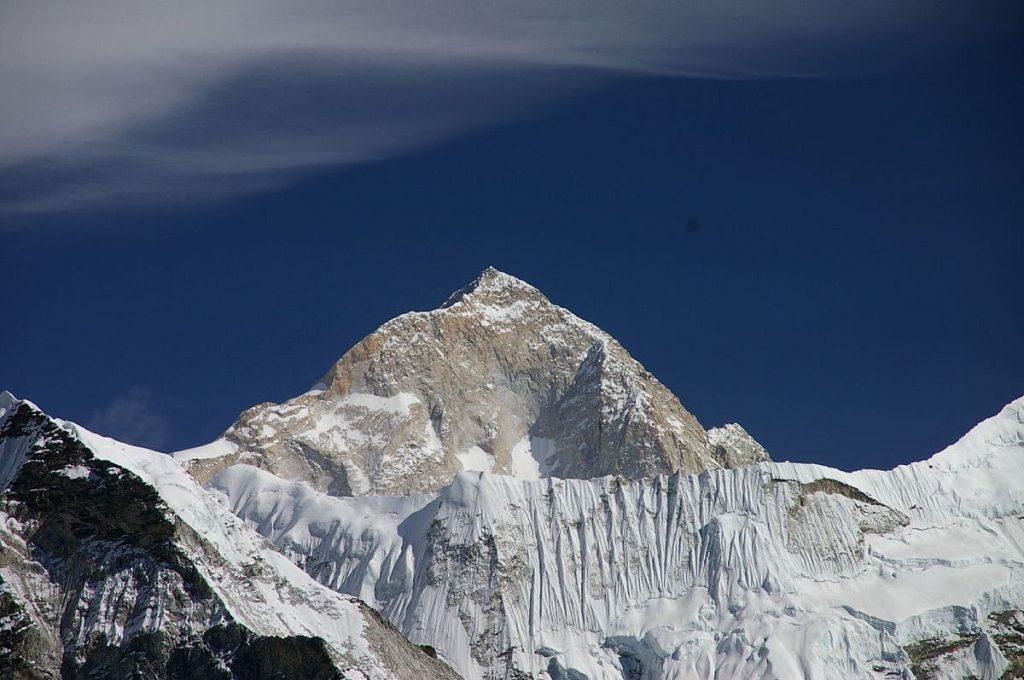
Image Source: Wikipedia
6. Cho Oyu (8188 metres, 26864 ft)
It is called ‘Choyu’ (Romanized) in Nepali. The Tibetan name ‘Cho You’ means “Turquoise Goddess” and is an important peak on the Tibetan-Nepal border. Important because a major trading pass between the two sides lies in its proximity. This proximity to humans and its relatively mild slopes make it the easiest achievement for a mountaineer in the eight thousand meter club.
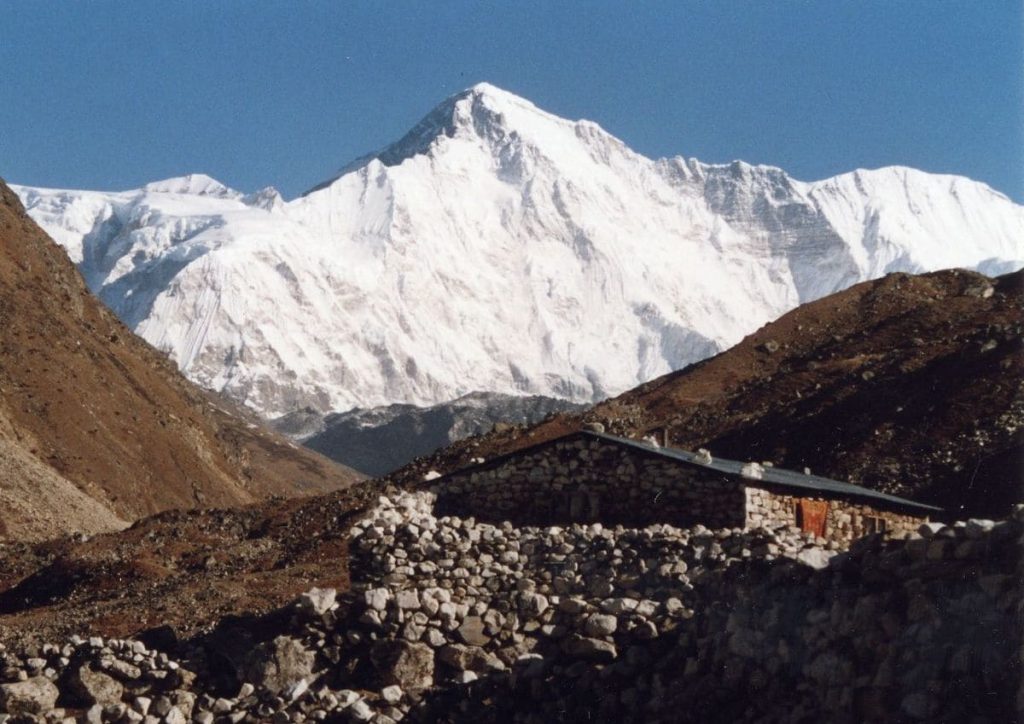
Image Source: Wikipedia
7. Dhaulagiri (8167 metres, 26795 ft)
The first member of our list that does not lie on any border but entirely in one country, Nepal. ‘Dhaulagiri’ means ‘shining white mountain’ and this name is quite justified if you look at it shining in the sun. The summit of the mountain is distinctly visible even from India. It has an immense slope as it rises 7000 meters sharply over a river in the southeast which is also the deepest gorge in the world.
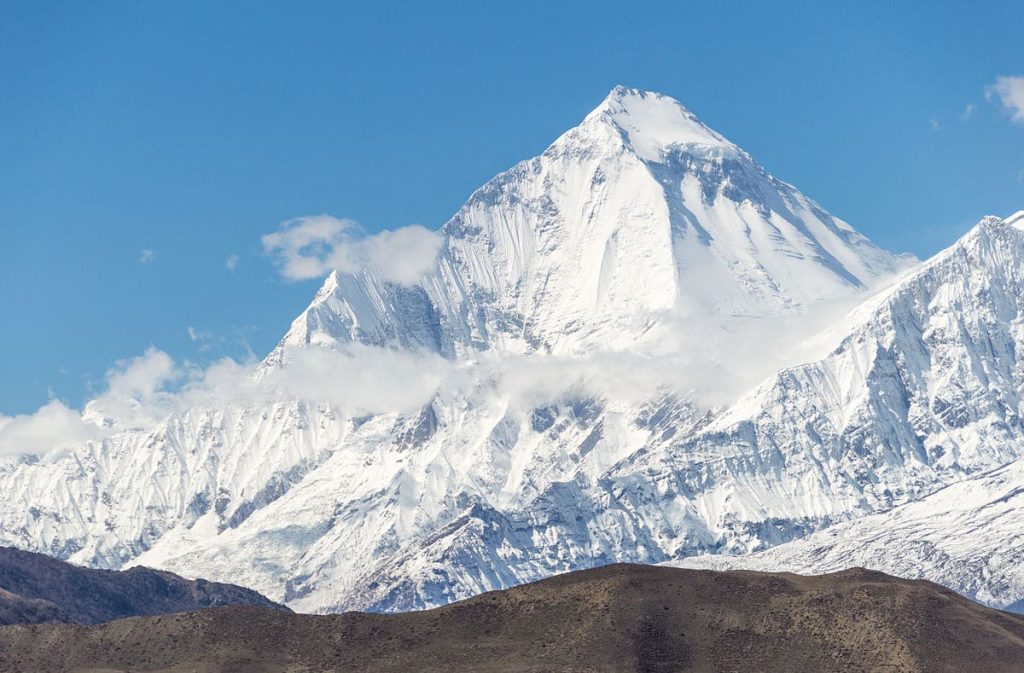
Image Source: Wikimedia
8. Manaslu (8163 meters, 26781 ft)
Manaslu or Kuang is located in West Central Nepal. The name Manaslu means the ‘mountain of the spirit’. Manaslu has many popular trekking routes. You can explore the heights and the valleys both along the way in the trek. Even though this mountain has quite a high prominence, it is relatively safer to climb here thanks to its practical approaches on all sides.
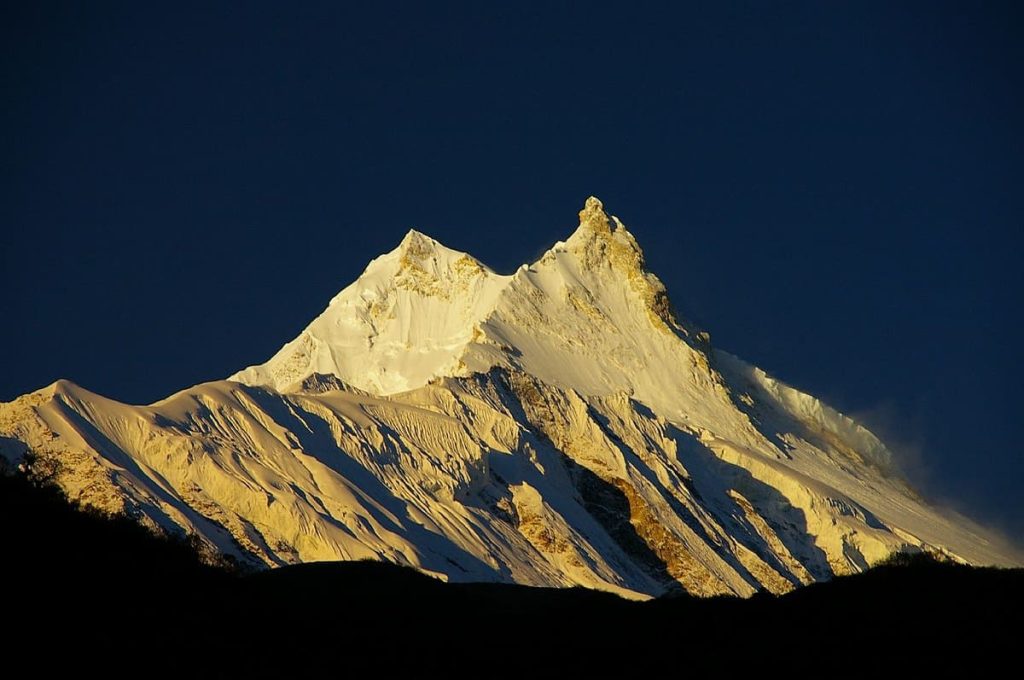
Image Source: Wikipedia
9. Nanga Parbat (8126 meters, 26660 ft)
The native name for this peak comes from Tibetan, ‘Diamer’. The name ‘Nanga Parbat’ translates to ‘naked mountain’ which probably refers to its dramatic prominence. Located in northern Pakistan, the mountain is visible from grassy meadows and rises suddenly and immensely over the surroundings. It is no wonder then that its climb is extremely challenging. It is also dubbed as the ‘Killer Mountain’ because of the large number of casualties of climbers here.
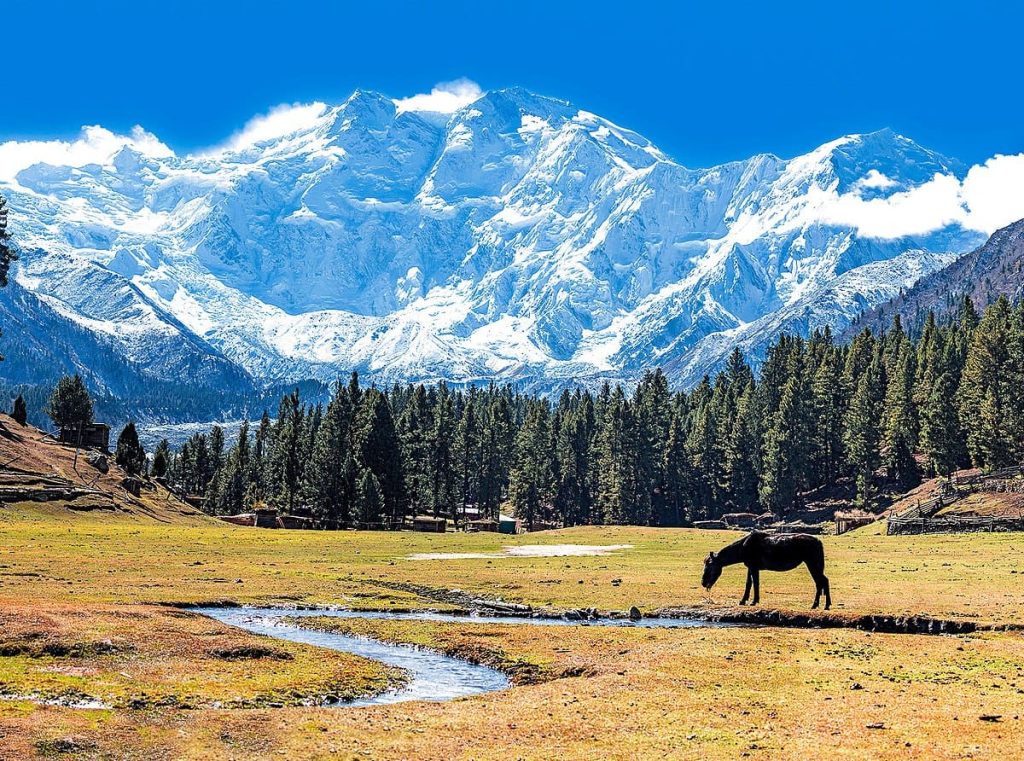
Image Source: Wikimedia
10. Annapurna (8091 meters, 26545 ft)
Annapurna mountain lies entirely inside Nepal. Although it has a bit lower prominence than the previous two, it still remains a rather treacherous climb. All the lands neighbouring the mountain are part of various conservation parks and sanctuaries. This mountain is believed to be the residence of Annapurna, the goddess of food and nourishment by the native people.
It should be appreciated that these tall mountains, however treacherous their climb may be, are a source of all the freshwater rivers that flow across the northern plains of India. These rivers form extremely fertile regions that have supported a very big population since ancient times. Most of Pakistan is based on the banks of the Indus River which again, rises in these mountains only.
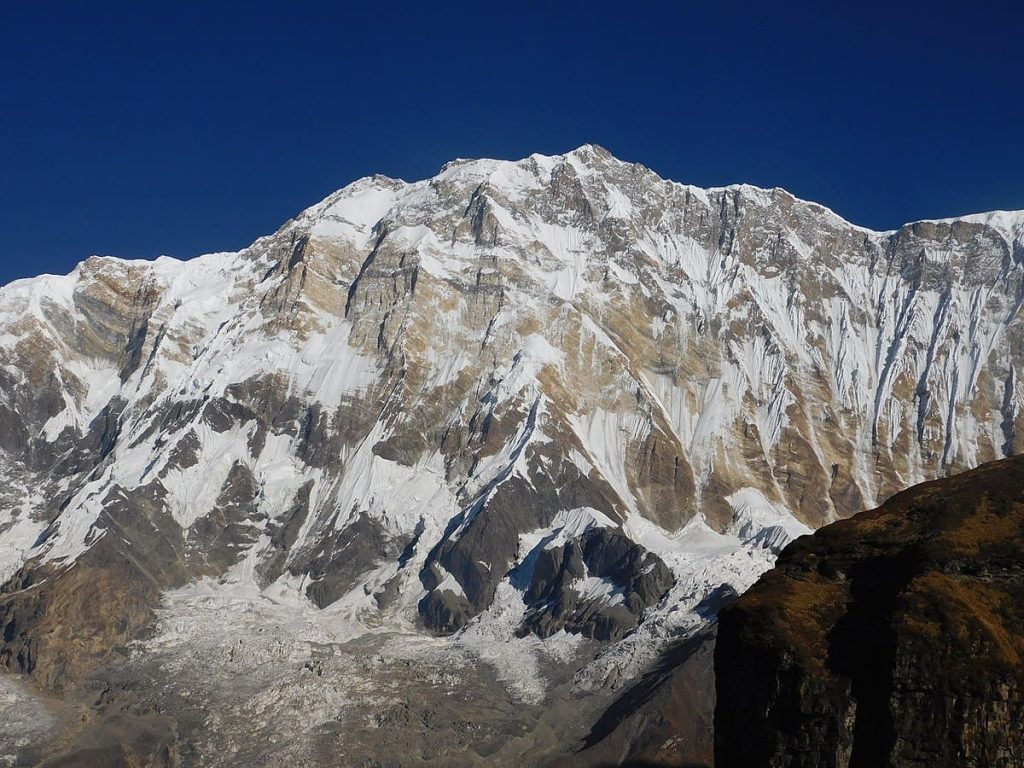
Image Source: Wikimedia
These are the tallest mountains in the world. KIndly share and do post your comments.

